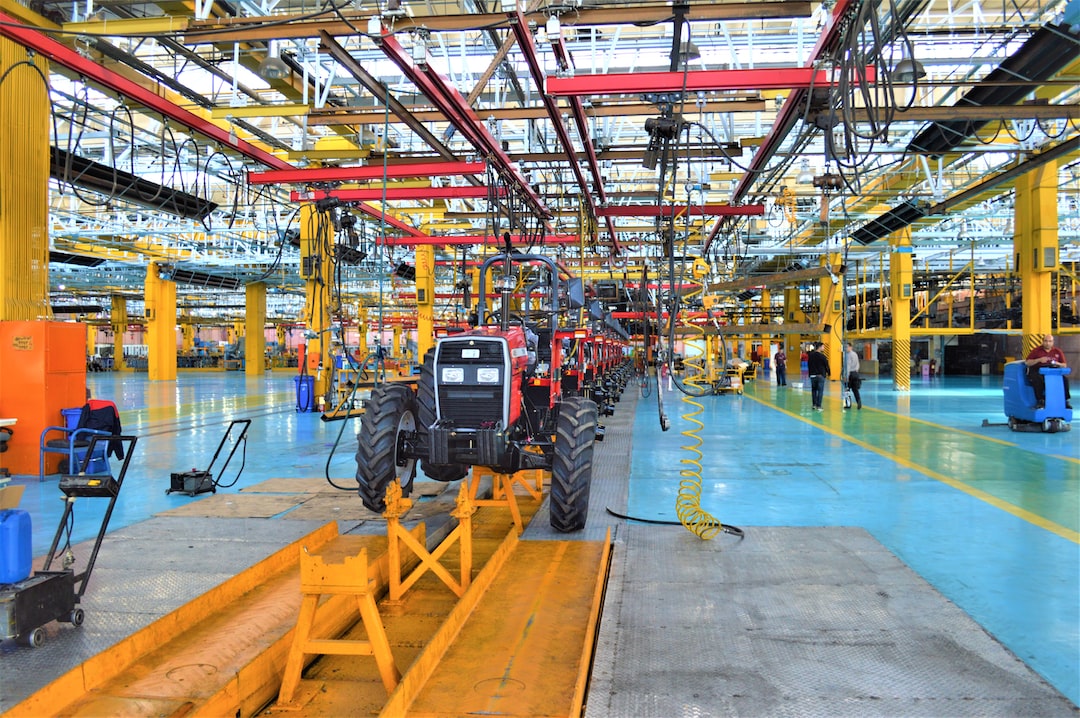The Benefits of Implementing a Total Productive Maintenance System
In today’s competitive business landscape, organizations are constantly seeking ways to improve their operational efficiency and reduce costs. One approach that has gained popularity in recent years is the implementation of a Total Productive Maintenance (TPM) system. TPM is a comprehensive approach to equipment maintenance that focuses on maximizing machine effectiveness through proactive and preventive maintenance practices. In this blog post, we will explore the various benefits that organizations can enjoy by implementing a TPM system.
1. Increased Equipment Availability: One of the primary benefits of implementing TPM is increased equipment availability. By regularly performing preventive maintenance activities such as lubrication, cleaning, and inspection, organizations can minimize unexpected breakdowns and ensure that production processes are not disrupted. This, in turn, leads to improved equipment uptime and increased overall productivity.
2. Improved Equipment Performance: TPM is not only about preventing breakdowns but also about optimizing equipment performance. Through proper maintenance practices and continuous improvement initiatives, organizations can improve the overall efficiency and effectiveness of their equipment. This can result in reduced cycle times, improved product quality, and increased production output.
3. Decreased Equipment Downtime: Downtime can have a significant impact on production efficiency and profitability. By implementing TPM, organizations can reduce equipment downtime by identifying and addressing potential issues before they escalate into major problems. This proactive approach not only minimizes downtime but also reduces the need for emergency repairs, resulting in lower maintenance costs.
4. Extended Equipment Lifespan: With proper maintenance and care, equipment can last significantly longer. By implementing TPM, organizations can increase the lifespan of their equipment, reducing the need for frequent replacements. This not only saves money on equipment procurement but also allows organizations to maximize their return on investment.
5. Reduced Maintenance Costs: A well-implemented TPM system can lead to reduced maintenance costs. By focusing on preventive maintenance and equipment reliability, organizations can minimize unplanned breakdowns and emergency repairs. This reduces the need for costly repairs and maintenance activities and allows organizations to allocate their maintenance budget more effectively.
6. Increased Employee Engagement: TPM is not just about maintaining equipment; it is also about empowering employees and creating a culture of continuous improvement. By involving employees in the maintenance process and providing them with training and support, organizations can increase employee engagement and satisfaction. Engaged employees are more likely to be proactive, take ownership of their work, and contribute to the overall success of the organization.
7. Enhanced Safety: Safety is a critical aspect of any organization’s operations. By implementing TPM, organizations can ensure that equipment is well-maintained, reducing the risk of accidents and injuries in the workplace. This not only improves employee safety but also helps in complying with health and safety regulations, avoiding potential penalties and legal issues.
8. Streamlined Operations: TPM promotes a systematic and structured approach to maintenance. By implementing standardized processes and procedures, organizations can streamline their maintenance operations, resulting in improved efficiency and consistency. This allows organizations to allocate their resources more effectively, reducing waste and increasing overall operational efficiency.
9. Improved Overall Equipment Effectiveness (OEE): Overall Equipment Effectiveness (OEE) is a key performance indicator that measures the efficiency of equipment utilization. By implementing TPM, organizations can improve their OEE by minimizing equipment downtime, reducing production cycle times, and eliminating quality defects. This provides organizations with a competitive edge and allows them to better meet customer demands.
10. Continuous Improvement: TPM is not a one-time event; it is a continuous improvement process. By implementing TPM, organizations create a culture of continuous improvement, where employees are encouraged to identify and address issues, suggest improvements, and contribute to the overall success of the organization. This results in an organization that is constantly evolving and adapting to new challenges and opportunities.
In conclusion, implementing a Total Productive Maintenance system offers numerous benefits for organizations. It increases equipment availability, improves equipment performance, reduces downtime, extends equipment lifespan, and reduces maintenance costs. Additionally, it enhances employee engagement, improves safety, streamlines operations, improves overall equipment effectiveness, and fosters a culture of continuous improvement. By implementing a TPM system, organizations can achieve operational excellence, gain a competitive advantage, and ensure long-term success in today’s rapidly changing business environment.

